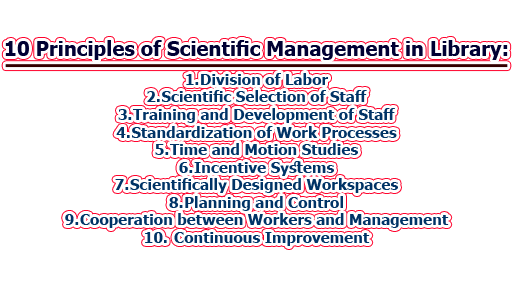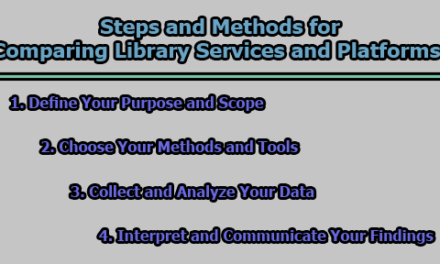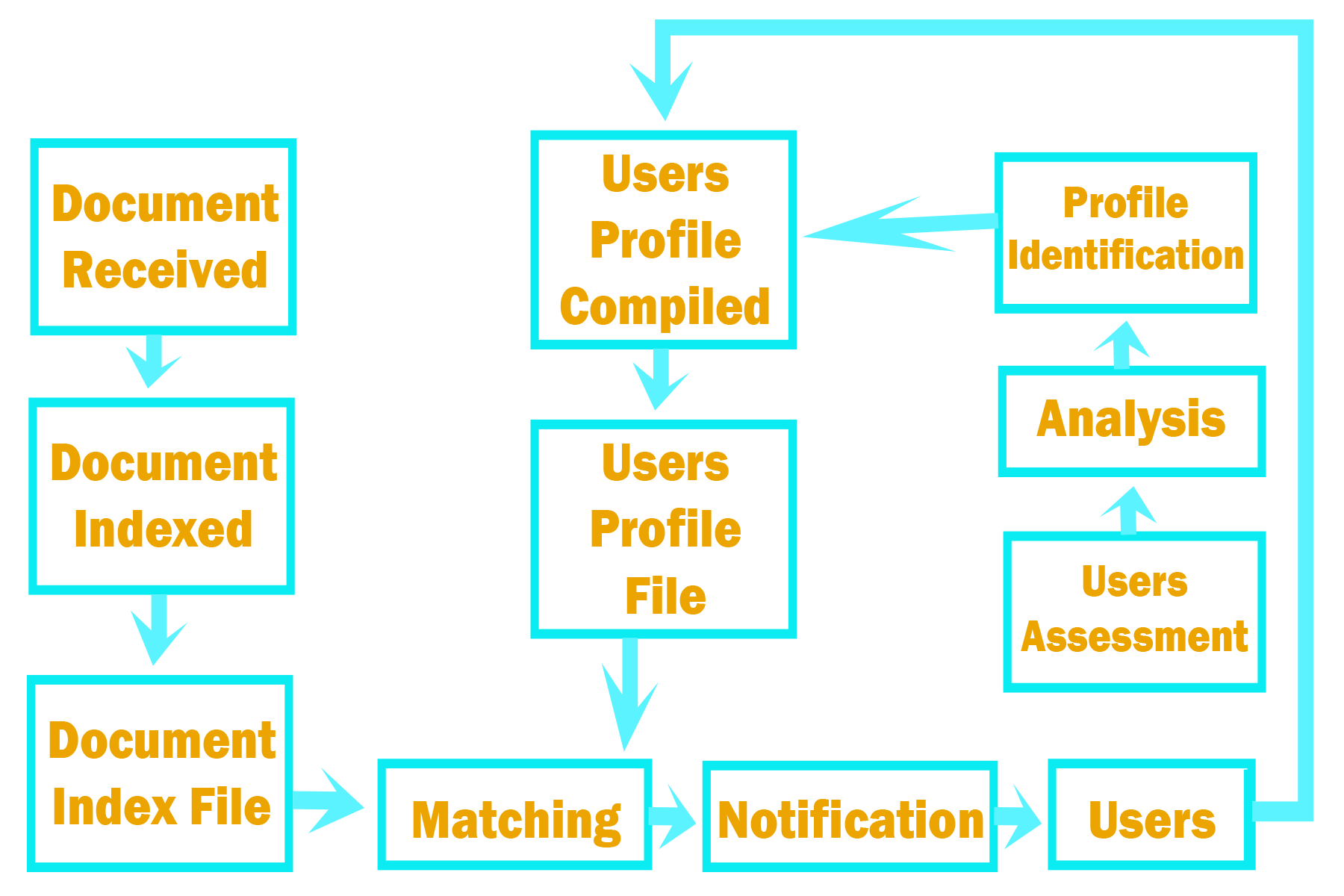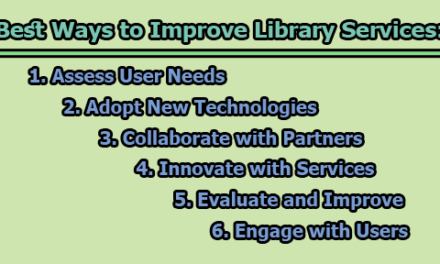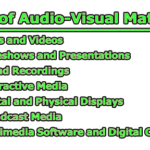10 Principles of Scientific Management in Library:
The principles of scientific management are a set of guidelines developed by Frederick Winslow Taylor in the late 19th and early 20th centuries. They were designed to help organizations optimize their efficiency and productivity by applying scientific methods to management practices. Libraries, like any other organization, can benefit greatly from applying these principles to their operations. In this article, we will discuss 10 principles of scientific management and how they can be applied to library management.
- Division of Labor: The first principle of scientific management is the division of labor. This involves breaking down tasks into smaller, simpler, and more specialized tasks. In a library setting, this could mean having different staff members responsible for different aspects of library operations, such as acquisitions, cataloging, circulation, and reference. This not only helps to increase efficiency but also allows staff to develop specialized skills and expertise in their respective areas.
- Scientific Selection of Staff: The second principle is the scientific selection of staff. This involves selecting employees based on their skills and abilities rather than on personal connections or other non-job-related factors. In a library setting, this could involve using standardized tests or other objective measures to assess an applicant’s knowledge of library science and related fields.
- Training and Development of Staff: The third principle is the training and development of staff. This involves providing employees with the necessary skills and knowledge to perform their jobs effectively. In a library setting, this could involve providing training on new technologies and databases, as well as on customer service and communication skills.
- Standardization of Work Processes: The fourth principle is the standardization of work processes. This involves developing standardized procedures and processes for completing tasks. In a library setting, this could mean creating a standardized procedure for checking in and checking out materials, as well as for cataloging and shelving materials.
- Time and Motion Studies: The fifth principle is time and motion studies. This involves analyzing and measuring the time it takes to complete a task and identifying ways to reduce the time and effort required. In a library setting, this could involve analyzing the time it takes to process materials, such as checking in and checking out books, and identifying ways to streamline these processes.
- Incentive Systems: The sixth principle is incentive systems. This involves developing systems to motivate employees to work more efficiently and effectively. In a library setting, this could involve offering bonuses or other rewards for meeting or exceeding certain performance goals.
- Scientifically Designed Workspaces: The seventh principle is scientifically designed workspaces. This involves designing workspaces that are optimized for efficiency and productivity. In a library setting, this could involve designing workspaces that are ergonomically sound and that facilitate collaboration and communication among staff members.
- Planning and Control: The eighth principle is planning and control. This involves developing plans and procedures to ensure that work is completed efficiently and effectively. In a library setting, this could involve developing a strategic plan for the library, as well as developing procedures for managing the library’s collections and resources.
- Cooperation between Workers and Management: The ninth principle is cooperation between workers and management. This involves developing a culture of cooperation and collaboration between employees and management. In a library setting, this could involve developing a shared vision for the library, as well as creating opportunities for staff to provide feedback and suggestions for improving operations.
- Continuous Improvement: The tenth and final principle is continuous improvement. This involves constantly looking for ways to improve processes and operations to increase efficiency and productivity. In a library setting, this could involve regularly reviewing and updating library policies and procedures, as well as implementing new technologies and services to better serve library users.
At the end of the day, we can say that the principles of scientific management are designed to help organizations optimize their efficiency and productivity by applying scientific methods to management practices. In a library setting, the above principles can help libraries to streamline their operations, improve customer service, and increase access to resources.
References:
- Taylor, F. W. (1911). Principles of scientific management. Harper & Brothers.
- Koontz, H., & Weihrich, H. (2006). Essentials of management. Tata McGraw-Hill Education.
- Ranganathan, S. R. (1963). Five laws of library science. Asia Publishing House.
- Krajewski, L. J., Ritzman, L. P., & Malhotra, M. K. (2012). Operations management: processes and supply chains. Pearson Education.
- Matthews, J. R., & Walster, D. J. (1989). The library’s role in effective information management: some principles from operations management. Journal of Librarianship and Information Science, 21(4), 219-227.
- Weihrich, H., & Koontz, H. (1993). Management: a global perspective. Tata McGraw-Hill Education.
- Drucker, P. F. (1954). The practice of management. Harper & Row.
- Reichmann, W. J. (1993). Management: the key to library success. Libraries Unlimited.
- Kotler, P., & Keller, K. L. (2011). Marketing management. Pearson Education.
- Neuman, R. (2010). Social research methods: qualitative and quantitative approaches. Pearson Education.

Assistant Teacher at Zinzira Pir Mohammad Pilot School and College

